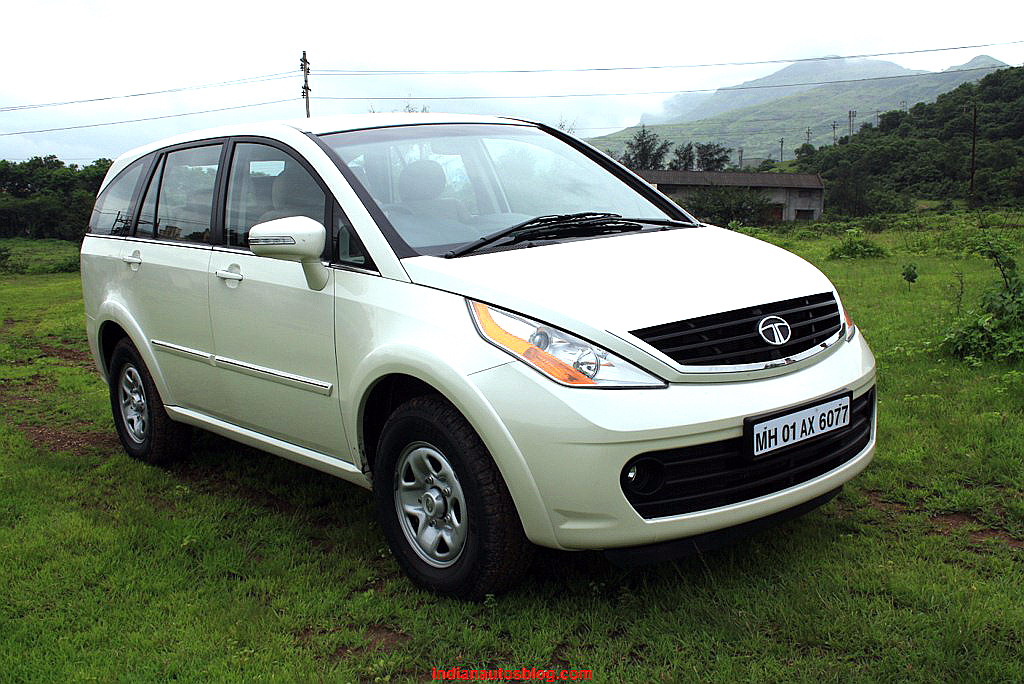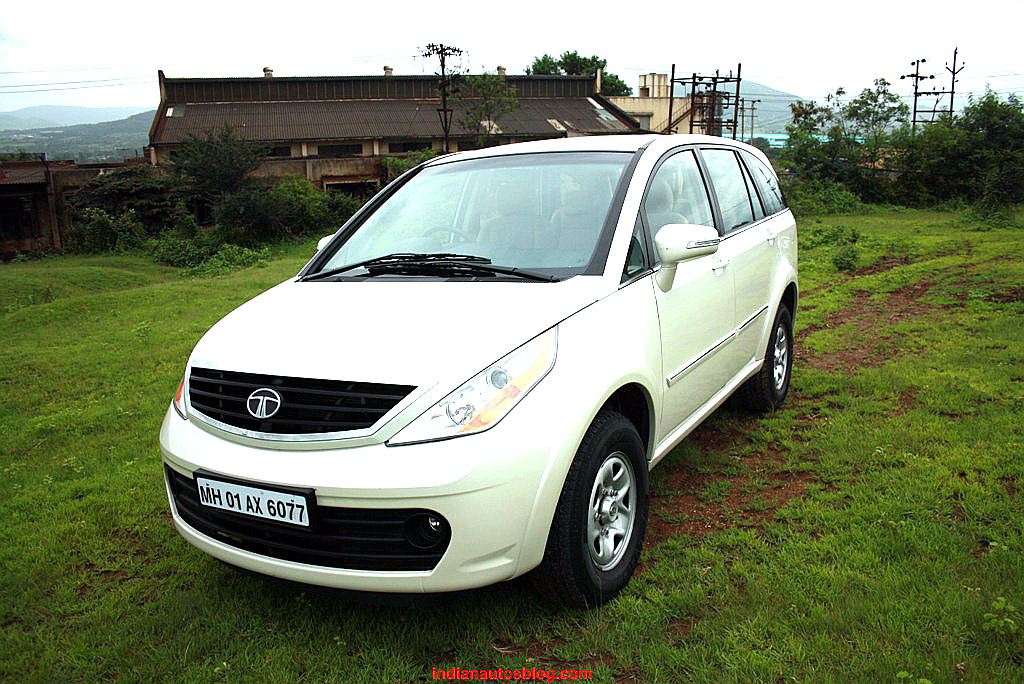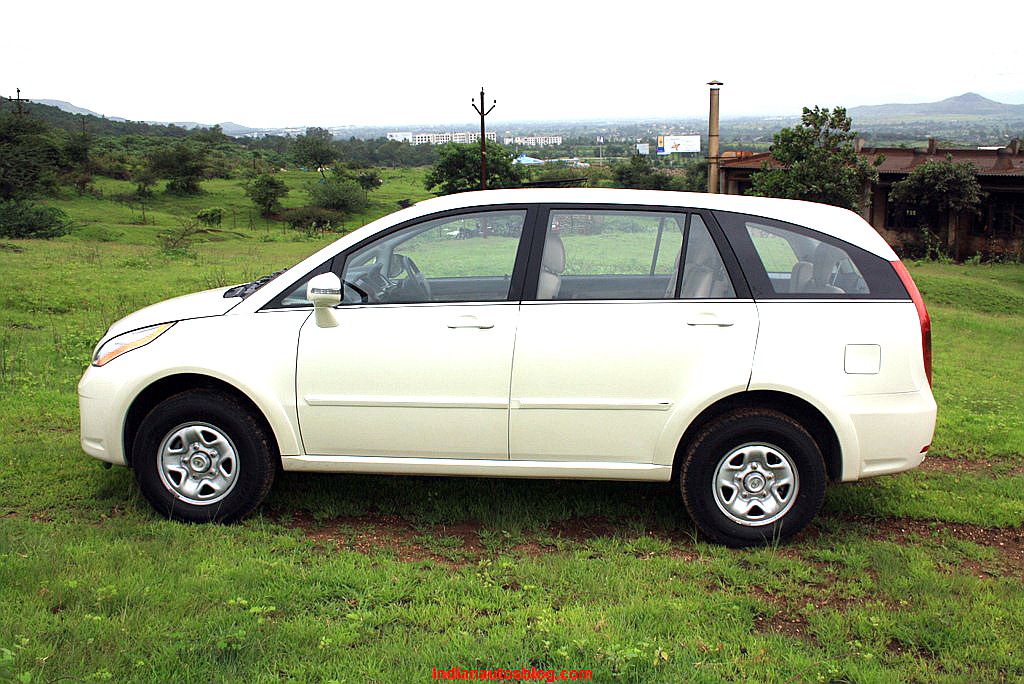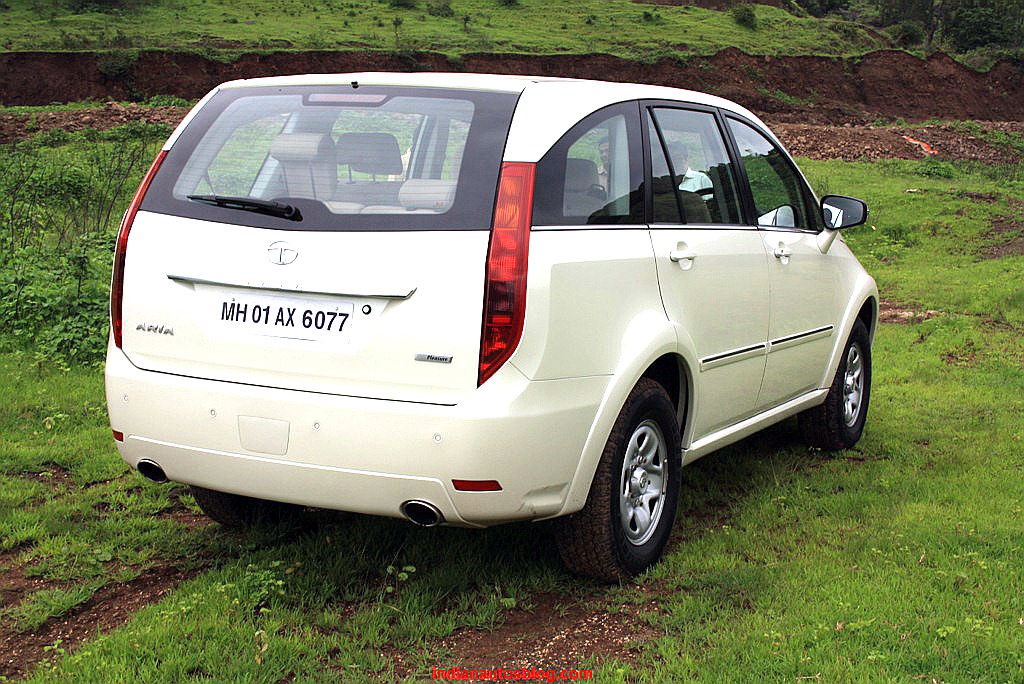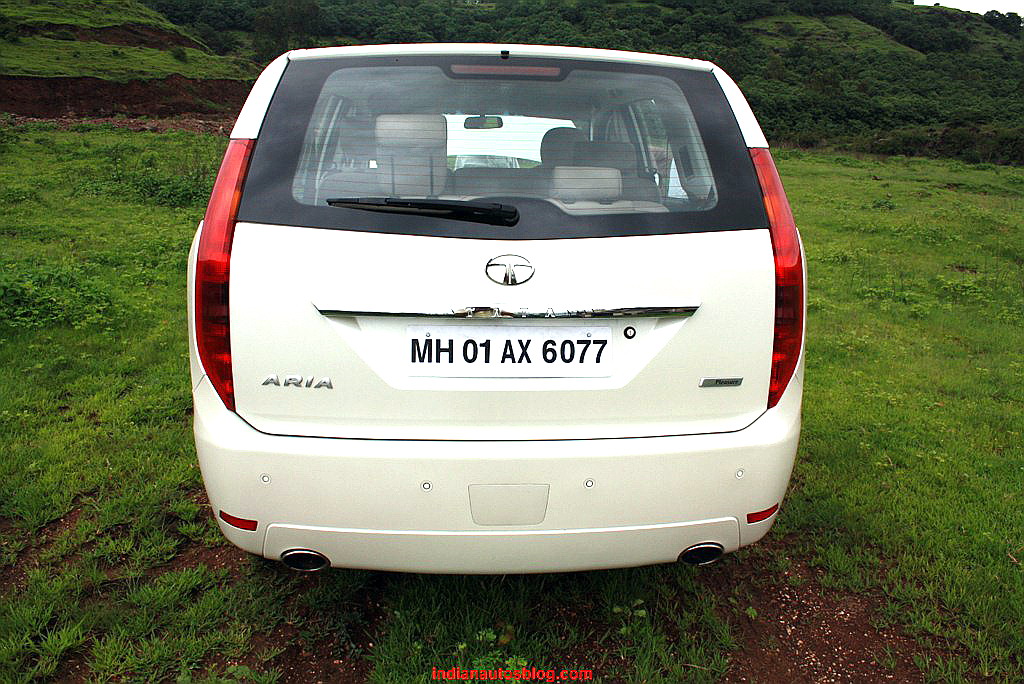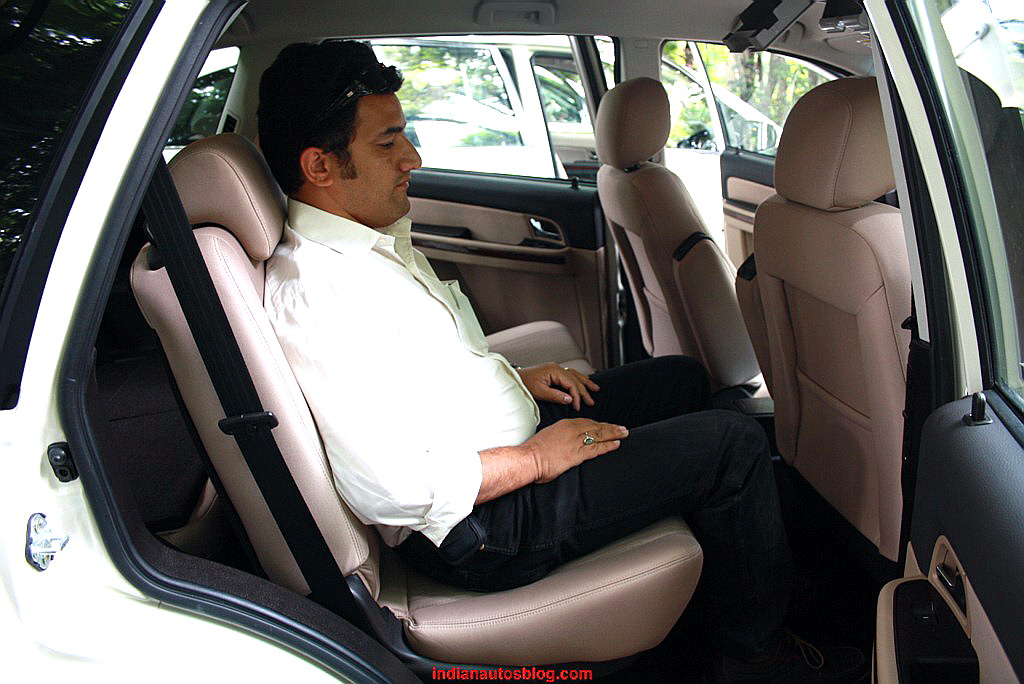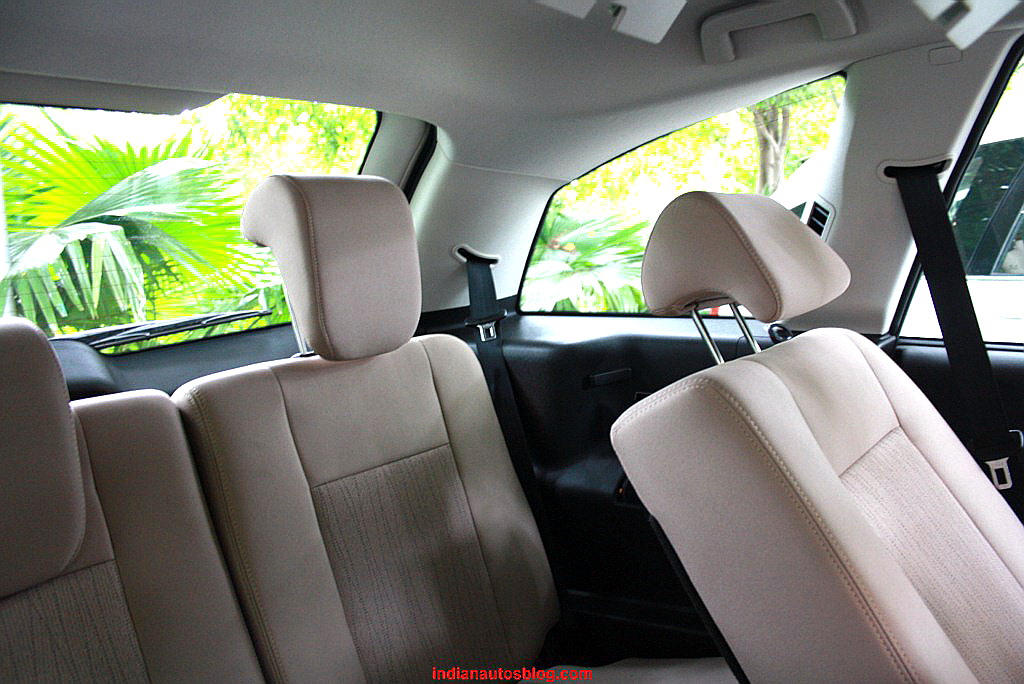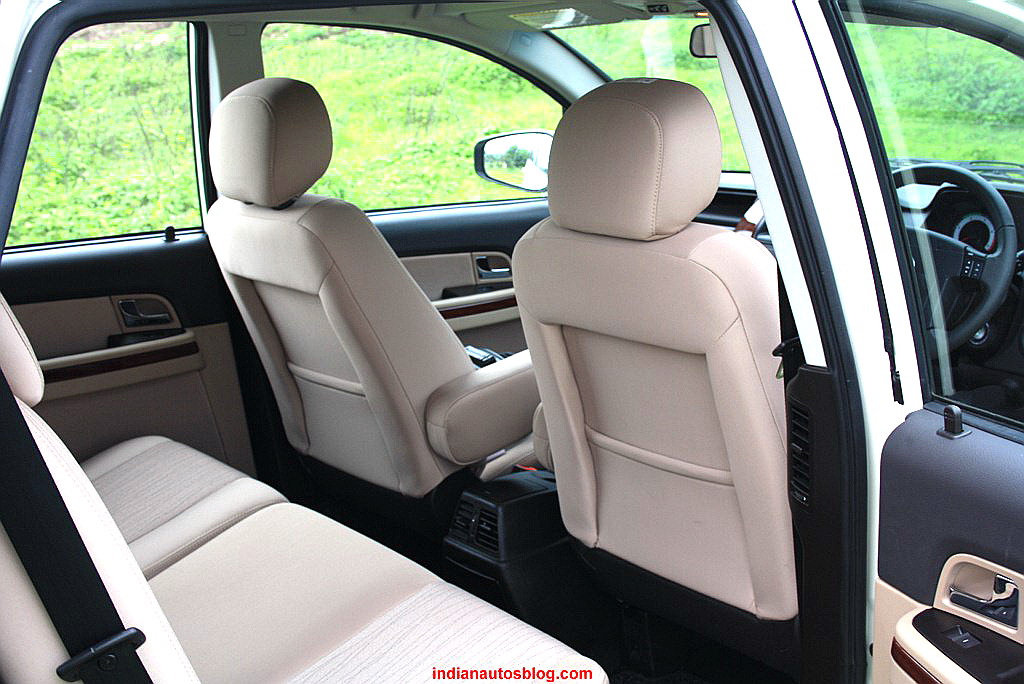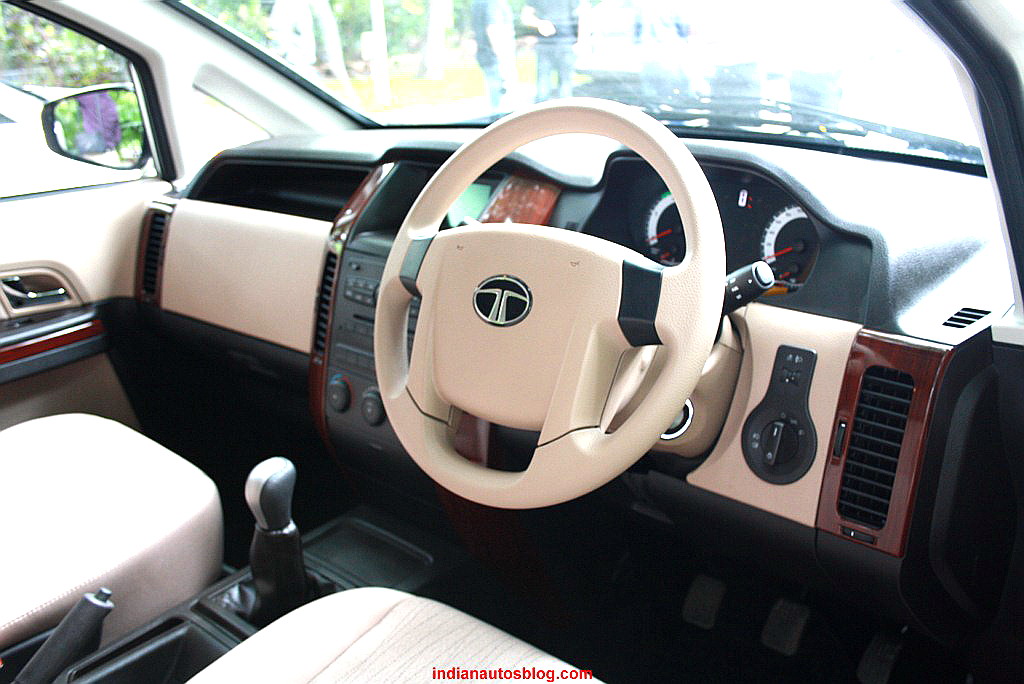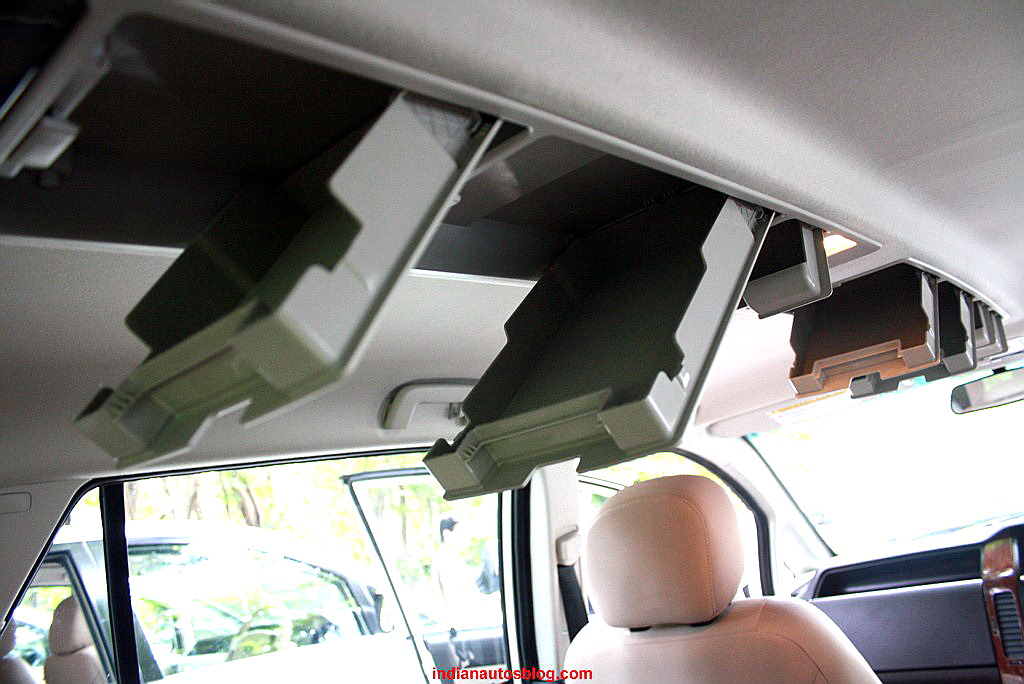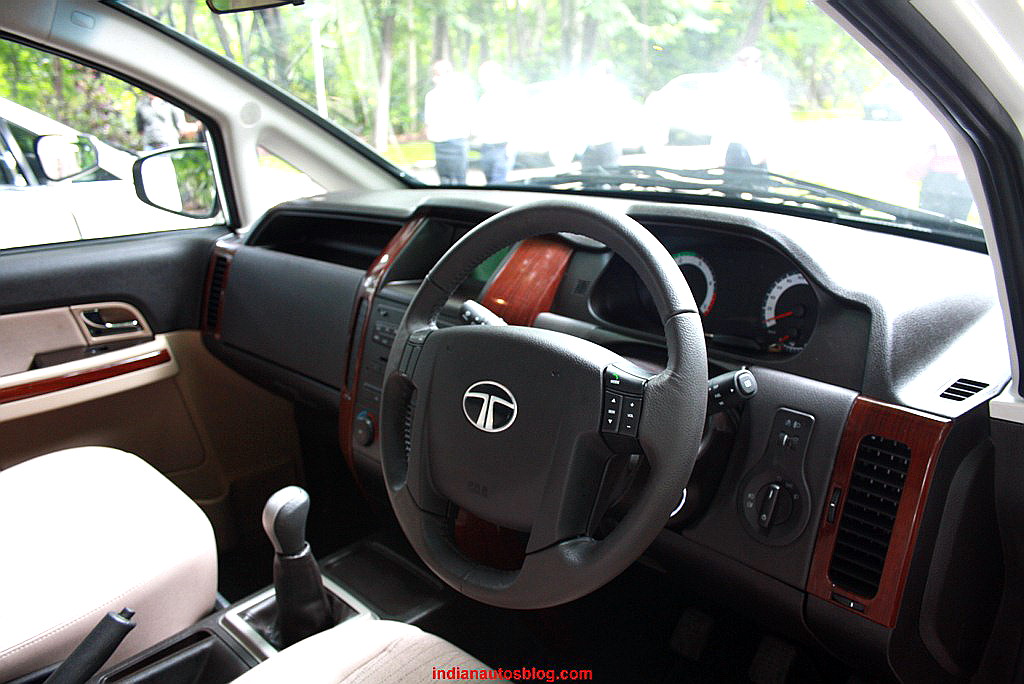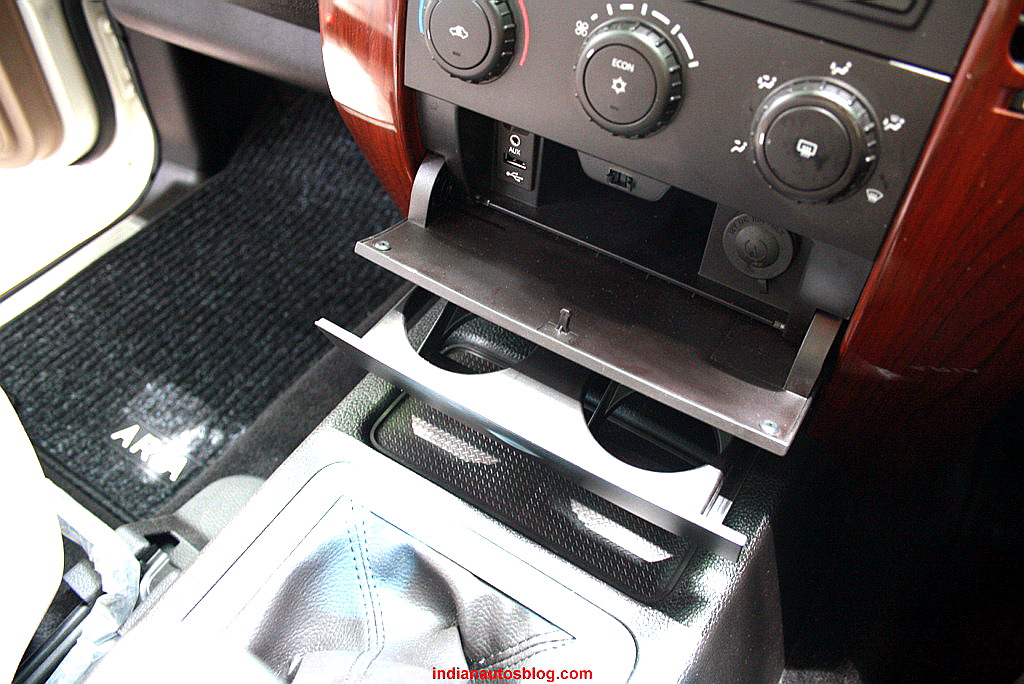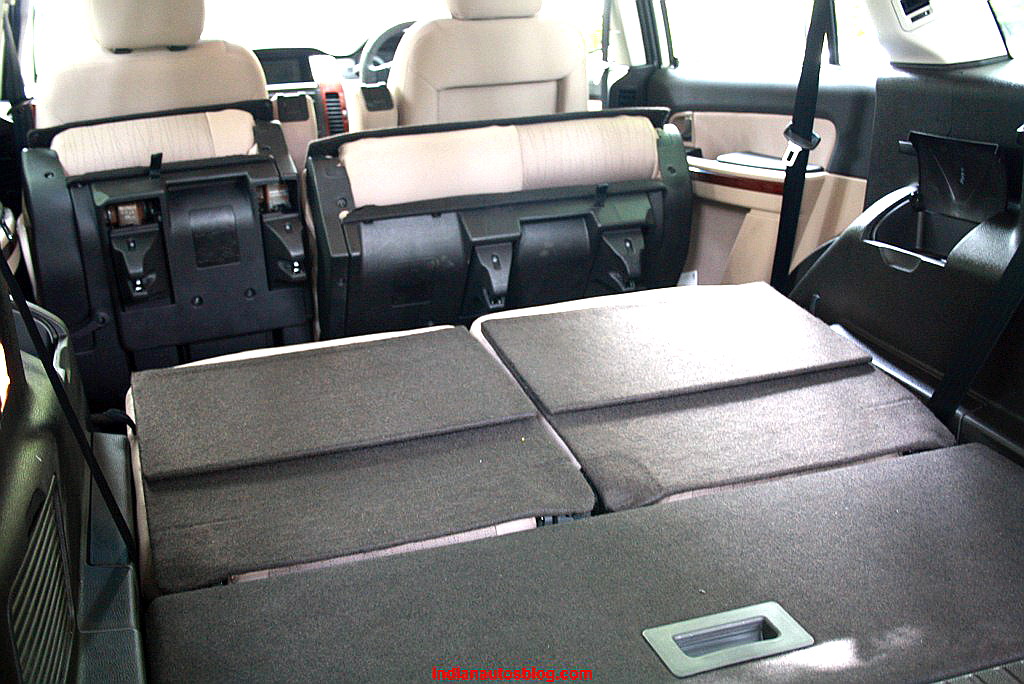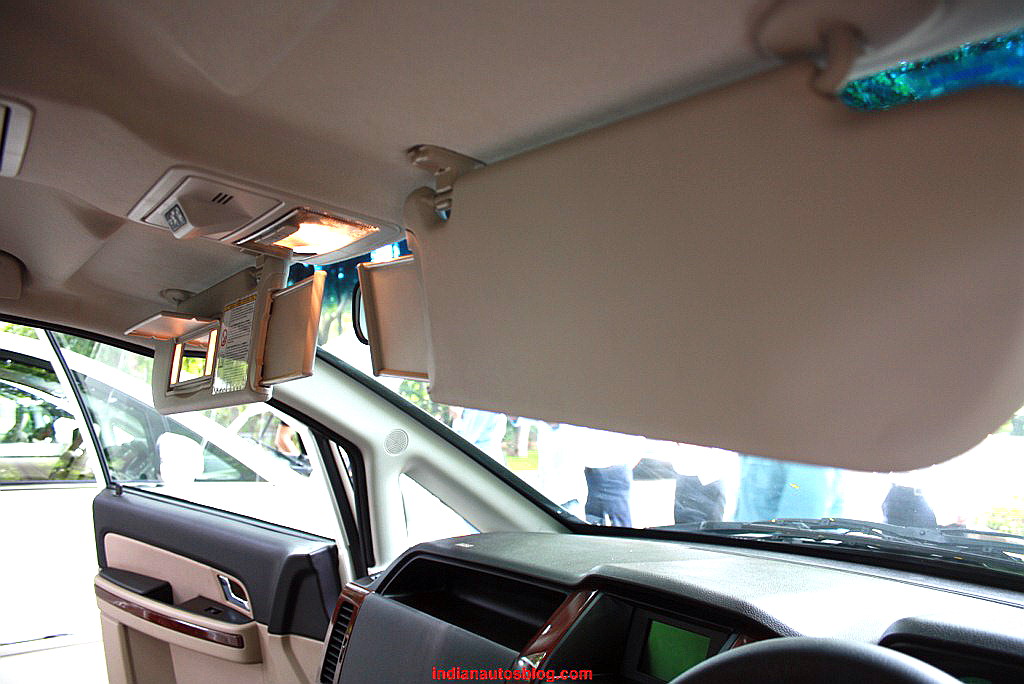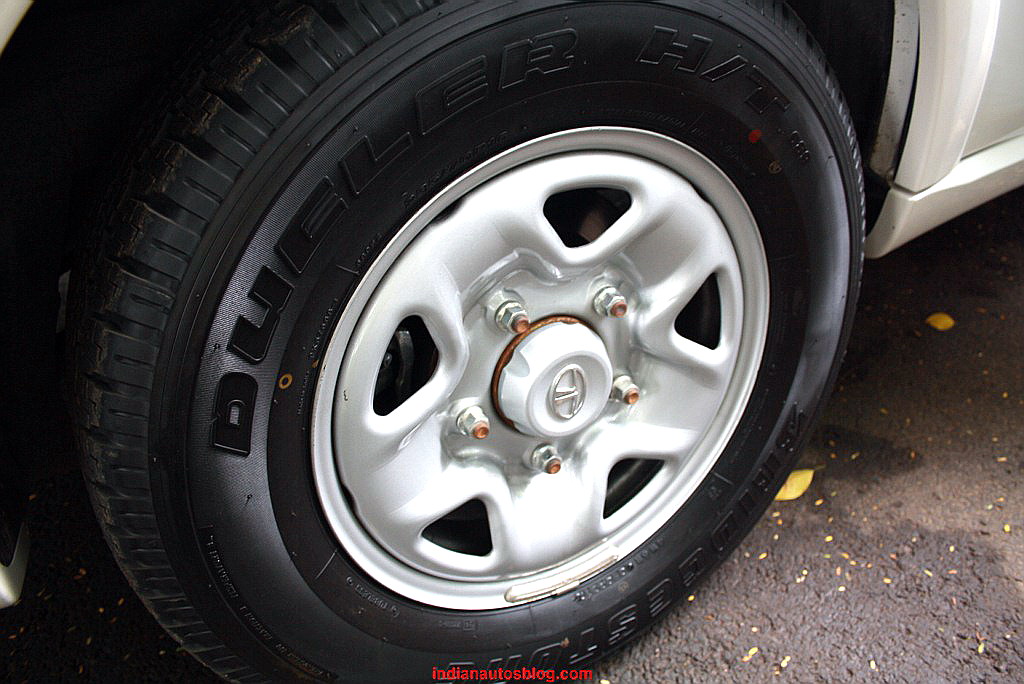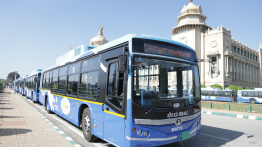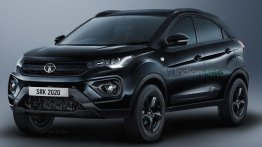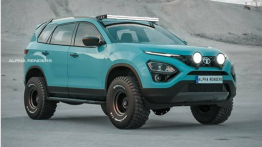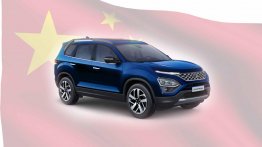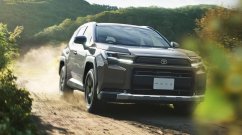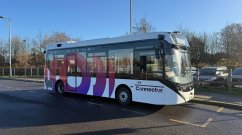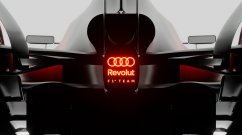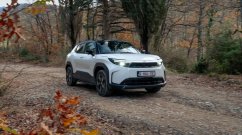By Kaustubh Ashok Shinde and Shrawan Raja
In October 2010, Tata Motors forayed in the luxury market with the launch of the Aria – a crossover between an MPV and a 4x4 SUV. However, Tata Motors marketed it as a cross between a sedan and an SUV.
Thus you can see the confused state of the product. Is it an MPV? Is it an SUV? How is it a Sedan? So many questions were asked at the press conference during the product launch. But Tata Motors management was adamant that the Aria will be a unique segment in itself.
Sadly, things did not work out for Tata Motors. The marketing communication just couldn’t convince the prospective buyers of the uniqueness of Aria. Adding to that, the hefty price tag of 15.5 Lakhs made the consumers move to the established luxury brands rather than a brand that is trying to be one.
The monthly sales of the Aria started dwindling until there came a point when even shipping 100 units per months was looking like an unconquerable mountain.
If you have invested considerable time, money and effort in developing a product from scratch, you would try to make it succeed as much as possible. Tata Motors have been working on the Aria since 2005. So the product was scrutinized again and the necessary changes were made. The two most important problems of the Aria were
- People presumed it was an MPV because of the way it looked. So they compared it with the Toyota Innova and the Mahindra XYLO.
- Because they compared it with the XYLO and Innova, they found the pricing to be too expensive.
Tata Motors realized that they can kill 2 birds with one stone. So they stripped the Aria of its four wheeled drive and thus was born the Aria 4X2 version. Tata Motors launched the Aria 4X2 at an astonishing entry price point of 11.61 lakhs (Pure variant) . Considering, we were always in favor of the 4X2 version and we never reviewed the Aria before, we got ourselves a media car and got cracking!
However before diving into the details, here's a fact file of the Aria 4X2 (or 2WD) -
- The Pride variant is not available on the 2WD model. The low-spec Pure is the substitute variant
- There are a total of six Arias in the market - three 2WD and three 4WD variants
- Since the 4X4 mechanicals and electronics were removed, the 2WD Pure variant is lighter by 200kg compared to the equivalent 4X4 variant
- The Aria 4X2 is compliant to ODB56 crash test regulations but is not EuroNCAP worthy
- The 4X2 variant returns 13.7kpl compared to 13.5kpl for the 4X4 variant (ARAI figures)
- 70% of the Safari customers are 4X2 variant drivers and Tata expects a similar trend to continue with the Aria
- The Pure variant, the de-specced version, comes with beige interiors while the remaining two variants feature a black interior
- The 4X2 variant is only for India; Export markets get the variants of the 4X4 model
Is that what is looks like?
The roots of the Aria’s design can be found in the XOVER crossover displayed by Tata Motors at the 2005 Geneva Motor show. Since then the Tata Aria has always been a handsome looking brute. It can be said that the Aria is a benchmark of Tata Motors designing prowess. Never did a Tata Motors vehicle looked so good that it could keep up with the international standards.
In the front, you are greeted with sharp, angular, wrapped around headlamps that give the MPV a very aggressive stance. The front fascia is consistent with other Tata Motors vehicles such as Manza and Indica Vista but at the same time it is distinct and up market. The 4x2 version gets a black front grill and the 4X4 version gets a chrome one.
The side profile is of a typical no non sense MPV. The Aria 4x2 Pleasure rides on the 16 inch wheels which seemed to be borrowed from the Tata Safari. 17 inch alloy wheels are only available in the top variant.
The rear is again a familiar Tata design with slender, vertically placed tail lamps and a huge chrome bar with a Tata Motors logo on top. You also get dual exhaust with chrome tips to make it look sporty.
How is the Aria to drive?
Tata vehicles tend to fail miserably in driving dynamics but again there are some surprises in store. The Tata Aria gets its diesel power from the 2.2 DICOR VTT which is borrowed from the Tata Safari. The engine is good for 140 bhp @4000rpm and 320 Nm of Torque@1700- 2700 respectively. It is mated to a Mark-II version of the G76 5-speed manual gearbox. Sorry boys, no automatic here.
Tata Aria 4X2 Pleasure powertrain facts
- Cast aluminum sump brings down NVH drastically
- Dual mass flywheel ensures quieter and smoother operation at all revs
- Mounting brackets for the engine were developed to achieve better NVH than Safari
- The G76 Mk2 gearbox is also developed for the Safari Merlin
- Tata said they could not install a cable shift (for gear lever) as this powertrain uses a north-south layout
The engine feels smooth and refined to drive and the torque is available from as low as 1600 rpm. The low torque makes city driving very convenient. However, the biggest problem is the gearbox.
The gear shifter transfers all the engine vibrations. Adding to that, the turbo lag is a small barrier while accelerating. Overtaking needs to be precisely calculated. It takes time to get used to these things. The shift quality is the best in a Tata vehicle, but more work needs to be done if it has to impress.
The party piece of the Aria is handling which is actually fine-tuned by Lotus Engineering – the best in the business – and it shows. The Aria does not give a hint of body roll in the corners neither does it crash in potholes, everything is absorbed in its stride. The suspension is on the harder side to reduce body roll, but at the same time, it absorbs the bumps and the potholes brilliantly – a trick that is very difficult to pull off.
The suspension set up is as brilliant as the BMW X1 in corners. However, the brakes are a big let down as they are very spongy. In such a big car, (forget power, handling etc) I would want better brakes for sure.
Tata Aria body facts
- Every door features double rubber ceiling (one on the door and one on the doorway) for reduced wind noise
- Shut lines are tighter to improve aerodynamic efficiency
- Ribbed roof has increased its rigidity and air flow is smoother over the car
- Portion above the driver's head not ribbed to install a sun roof (in the future/export model)
- The 4X2 variant sits marginally lower compared to the 4X4
How does it feel inside the Aria?
Inside the Aria, there is a whole new world all together. The ‘Pure’ version (read base variant) gets beige interiors where as the other two (Pride and Pleasure) get black interior with fake wood finish. If I am honest, the Aria interiors are very much influenced by the Range Rover with sharp boxy design all around. It is definitely a refreshing change in the MPV segment.
Let me get straight to the point. This car has some UNBELIEVABLE amount of storage space, cubby holes, cup holders, news paper racks. It is almost as if wherever they could find space, they put a cup holder or sunglasses holder. Each and every space has some sort of storage area hidden underneath it.
Step into the Aria and you will feel that you have stepped into a premium product. The dial cluster is simple and easy to understand. There is also a green band on the tachometer to let you know when would be the optimum gearshift. You also get a small LCD screen that displays various vehicle related information.
The front and the middle row seats are comfortable. Sadly, the third row seats are strictly for children. The Aria is quite a tall car so the cabin feels very roomy and airy. There are separate air con vents for each row of seating and overall air conditioning is pretty well suited for the Indian climate. Baring in mind a few bits and pieces, the build quality is just what is required, not a little more not a little less.
For your entertainment needs, there is 2 DIN stereo with USB and AUX support. There is also a small compartment on the back door for people who want to install a sub woofer. There is GPS available in the top variant as well.
However, there are a few foibles in the interiors also.
- The steering mounted controls are very close to the edges on the steering wheel. So every time you turn left, you tend to change the volume.
- When the middle row seats fold, they tend to touch the aircon vents so they don’t fold completely.
Tata Aria cabin facts
- The Aria is a tall car and even a six footer can load luggage easily at the back without having to bend
- There are a total of 33 storage areas in the Aria's cabin. That's more space than a 2BHK apartment in Mumbai
- Opposing type wipers provide squeaky clean front windshield; LHD model needs no changes
- Back in 2006, Tata engineers were given a particular Chrysler MPV to benchmark for interiors
- The articulation index is very low; Even at 150kph, people need not raise their voice to communicate
- The steering is chunky but you operate the radio stations and horn every time you turn; Bringing the buttons closer to the center is the fix
- The mirrors are huge, gigantic, enormous, etc. They provide such a terrific view of the traffic behind
- Wind noise and road noise, even at 150kph is well within comfort limits, huge improvement over Safari
- Despite the presence of a rear AC vent, the Aria is mounted with a single compressor equipped with split piping
- One-touch operation on all power windows is a thoughtful feature
- Speed sensing door locks is a neat feature
- Audio quality is impressive
- The only feature in this feature-laden car we miss is an electrically adjustable driver seat
- A green band placed in the tachometer tells new drivers how to achieve better fuel economy
- JLR gave last minute inputs to achieve better finish in the cabin
What is the fuel economy?
The Aria 4X2 is 200 kg lighter than the 4x4 which translates into better fuel economy. The company claims an ARAI tested mileage of 13.7 kmpl. In the real world, we got between 10 – 11 kmpl.
Any safety features?
The base variant of the Aria is equipped with ABS, but that's about it. As you go higher up the line, you get ESP and airbags.
Anything I wouldn’t like?
Yes, there are a few places where the Aria scores below average. They are:
- As mentioned earlier, the gearbox and the brakes need to be improved
- The turbo lag is very annoying making overtaking a very effortful procedure.
- The steering needs to be lighter as it was in the Safari.
- We found rust on the wheel nuts of our media car which was driven only for 1,000 km. Some bits in the dashboard were a bit shaky. In terms of the build quality of the Aria, Tata has certainly come a long way but there is still a lot more ground to cover.
- The electric mirrors are unusually long which definitely gives a better visibility. But in metro city traffic they might just get clipped off. Considering, they have electric turn indicators, they would be very expensive to replace.
- The NVH levels can be even better.
- While turning the car, one tends to operate the steering mounted controls.
If Tata Motors did an Aria Mk 2?
- Reduce the vibration on the gear lever during acceleration
- Make the steering lighter
- Make the brakes less spongy and add extra feel
- Correct the position of the steering controls
- Try eliminating the cabin and the powertrain. While starting and during driving, the driver should not feel harsh vibrations. Can they isolate passengers from the powertrain even further?
- Decrease the number of storage areas. When the person sends the vehicle for service, he almost needs a search and rescue team to clear out the vehicle of any valuables. Perhaps they need to re think their strategy of having over 30 storage areas
Is this a next generation Tata model?
This is a fantastic effort by Tata Motors. They have achieved what few can boast of. After cars like the Indica and Indigo, it has brought out the Aria which people, at first glance, can mistake for an equivalent Skoda or a Toyota.
For its price, the Aria is the best handling UV. It tackles potholes very well and the ride is leagues ahead of the Safari. Improvements have been made in every department including styling. The interiors are better than the Manza, the comfort is better than the Safari, like all Tatas the fuel economy is good, ingress/egress is easy and the never-ending list of features justifies its price tag. One has to see the car in flesh and test drive it to appreciate or understand it better.
Just because it looks like an Innova and is priced above it, people have shied from it. There's also some horror stories people have heard with the Indicas and Indigos that fanned the flames. While companies cannot change their past, the future is blank canvas they get creative with.
Tata has not chosen not to go to the taxi market with the Aria and their Vista and Manza brands too, are strictly for families. The company's attitude is changing. The process of breaking away from the taxi image will come with more products like the Aria and we wish them luck with their forthcoming ventures.
Any last thoughts?
By stripping the Aria of the four wheeled drive, Tata Motors has managed to pump a dollop of sense in the product giving it a unique identity and clarity. Now, you don’t have to be confused whether this is a Sedan or an SUV. It is a luxury MPV for people who are looking forward to upgrade from the C+ segment. Considering there are no luxury MPVs around in the market, it puts the Aria in a better position.
Sure, Tata Motors did not price it competitively with respect to the Innova and Xylo. But that is not the point of this car because Tata Motors does want to enter into the taxi market with the Aria. They already make enough products for the Taxi market. The Aria is a premium offering and it always will be.
To sum it up, the 4X2 version of the Aria is THE Aria that always should have been.
